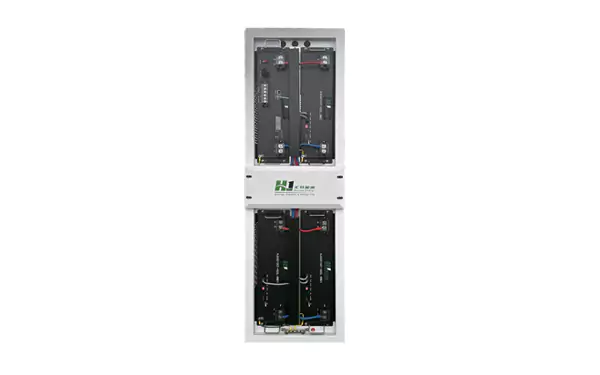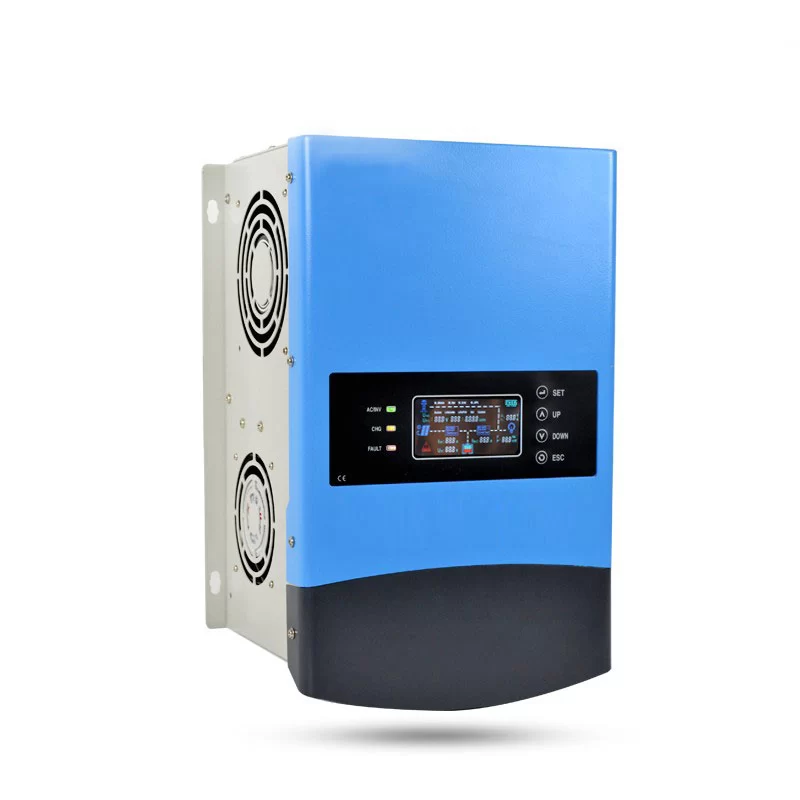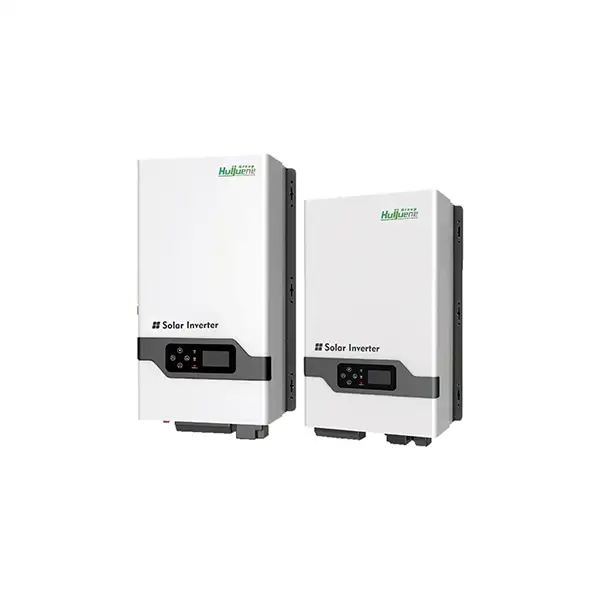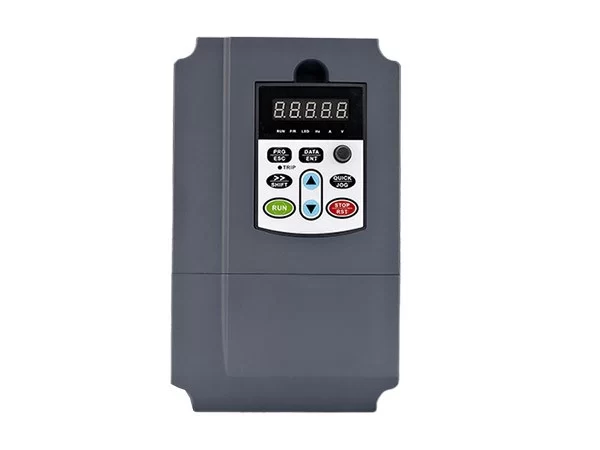Get A Quote Now!
From Solar Panels to Wall Plugs: How Simplified Photovoltaic Energy Storage Systems Transform Your Energy Life
With advancements in renewable energy technology, more and more households are adopting solar energy as their primary source of power. Among these home energy systems, photovoltaic energy storage systems have become an essential component. They not only convert solar energy into electricity but also enable more efficient energy management through energy storage, providing a streamlined energy solution for homes. This article will explore how photovoltaic energy storage systems simplify household energy use and discuss their potential in the future energy transition.
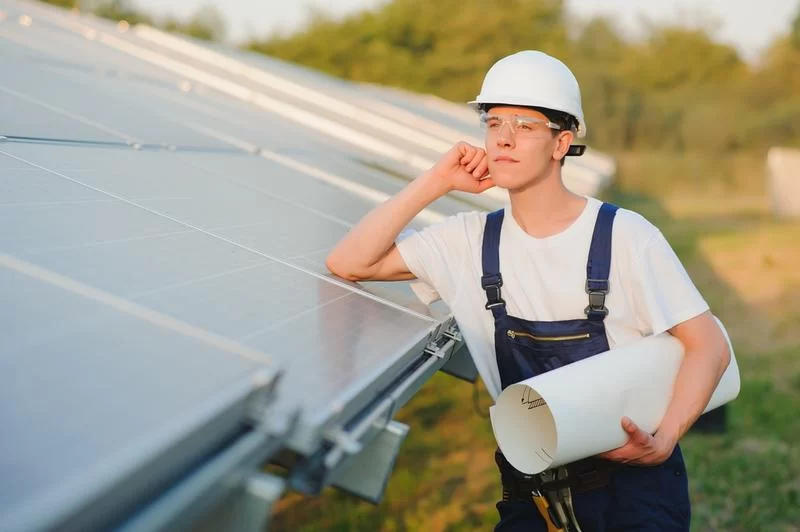
What is a Photovoltaic Energy Storage System?
A photovoltaic energy storage inverter resembles a large box that contains a solar inverter, battery, and controller. It features a touch screen that allows users to easily monitor its operation and adjust settings. The system can switch between different operating modes based on user needs, making it particularly convenient.
A simplified photovoltaic energy storage system typically consists of several key components:
- Solar Panels:Capture sunlight and convert it into electricity.
- Energy Storage Device:Usually a lithium battery used to store the converted electricity.
- Inverter:Converts direct current (DC) into alternating current (AC) to power household appliances.
- Energy Management System (EMS):Monitors and optimizes the production, storage, and distribution of electricity.
Why Choose a Simplified Photovoltaic Energy Storage System?
Traditional solar energy systems can reduce dependence on the grid, but without storage capabilities, they can only be used during the day. In contrast, photovoltaic energy storage systems combine solar generation and storage functions, enabling power supply around the clock. The advantages extend beyond convenient energy storage; they also simplify and optimize the entire system’s operation.
Photovoltaic energy storage systems offer greater flexibility for using solar energy. They generate electricity during the day and can store excess power for use at night or during peak electricity prices. This not only makes electricity consumption more manageable and cost-effective but also enhances the system’s intelligence by allowing for automatic adjustments without user intervention. Furthermore, they can provide power during outages, ensuring uninterrupted energy supply. Their eco-friendly design adapts to changing household energy demands, making them suitable for various needs.
How to Choose the Right Photovoltaic Energy Storage System?
When selecting a photovoltaic energy storage system, several factors should be considered:
- System Capacity:Choose a system that meets your daily electricity needs. Specifications for solar panels and storage devices should be determined based on the size of your home and energy consumption.
- Battery Type:The main types of storage batteries are lithium and lead-acid. Lithium batteries are more efficient and have a longer lifespan, making them suitable for long-term home storage needs.
- Inverter Efficiency:The inverter is a crucial part of the photovoltaic energy storage system, determining overall system efficiency. A high-efficiency inverter reduces energy losses and improves performance.
- Brand and After-Sales Support:Choosing a reputable brand with professional after-sales service is critical, as the lifespan of photovoltaic energy storage systems generally ranges from 15 to 20 years. Reliable support can extend equipment life and provide ongoing technical assistance.
How Do Photovoltaic Energy Storage Systems Impact the Future Energy Market?
The proliferation of photovoltaic energy storage systems is transforming not only household electricity consumption but also the entire energy market. The promotion and application of distributed energy allow more homes and businesses to achieve energy self-sufficiency and reduce reliance on traditional grids. This trend can alleviate grid pressure and accelerate the global transition to renewable energy.
Moreover, as technology advances and costs decline, the market competitiveness of photovoltaic energy storage systems will continue to improve. In the near future, more households are expected to adopt this integrated storage solution, incorporating green energy into daily life and promoting smart and sustainable development of the global energy system.
Photovoltaic energy storage systems provide an efficient and sustainable energy solution for homes, simplifying energy management while combining generation and storage to enhance flexibility and reliability. As technology progresses and market adoption increases, photovoltaic energy storage systems will play a significant role in the green energy transition. Whether motivated by environmental concerns or economic factors, these systems are a vital step toward achieving energy self-sufficiency.


